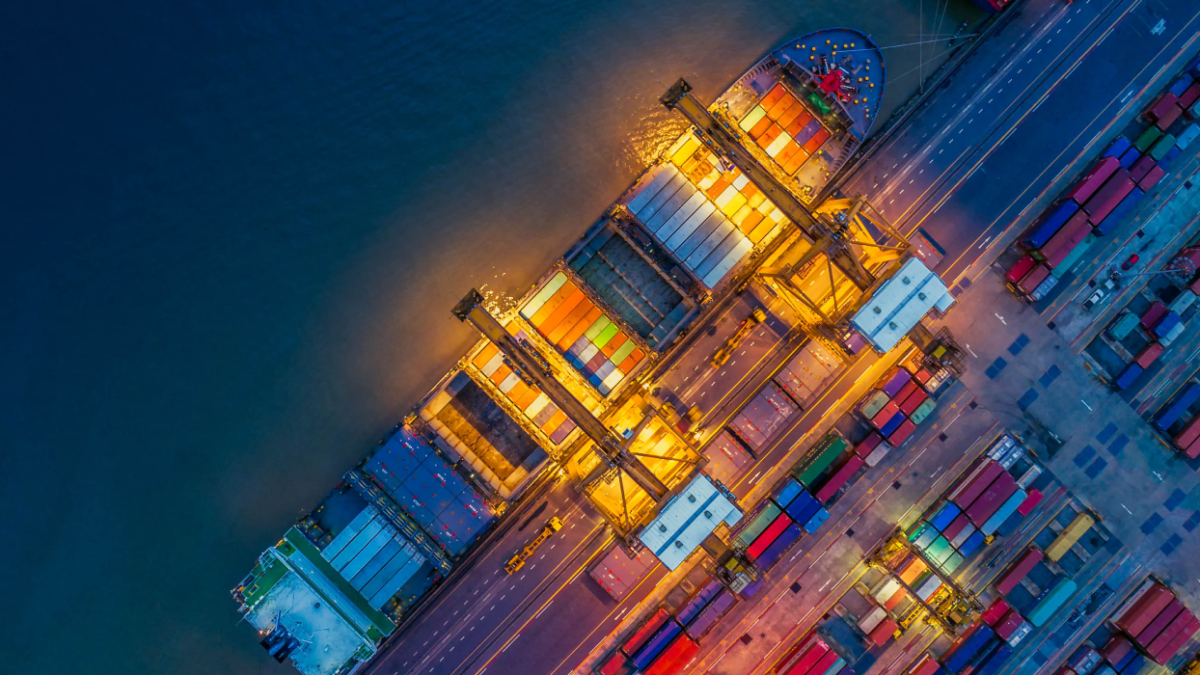
Case-Study: How Shell Easy Improved its Inventory Management
September 8, 2020If 2020 stands for anything, it is uncertainty. In the last year alone the unprecedented events this world has seen, from raging forest fires to the ongoing pandemic, has shifted the balance of the world and unsettled the entire human population. These events have left companies and businesses lost and confused, trying to cope with the “new normal”. The one thing that can be universally agreed upon in these times is the urgent need for building supply chain resilience.
What is Supply Chain Resilience?
Resilience, in the world of supply chain management, is a relatively abstract and undefined idea. The globalization of supply chains in recent years may have opened up the markets but it also brought with it diverse types of disturbances. Right now, resilience is an increasing concern in the global supply chain management world.
Supply chain resilience cannot merely be described as the ability to manage risks. It is the supply chain’s ability to be prepared for and react to risks and return to its original operational capability–even gain advantage from the disruption. In other words, supply chain resilience is the organisation’s ability to “roll with the punches” and “bounce back”.
Building a Truly Resilient Supply Chain
Building supply chain resilience can almost be viewed as a transformative process. Traditionally, the defining trait of a resilient supply chain was one that functioned with reduced risk by avoiding disruptions in supply chain management. Now, this risk management method is seen as separate from supply chain salience. Supply chain resilience today is more proactive. Rather than seek to avoid disruptions altogether, resilient supply chains view these disruptions as opportunities for growth. This kind of radically different idea of embracing disruptions is exactly why I describe building supply chain resilience as transformative.
How to Build Resilience in your Supply Chain?
Once you’ve mastered this shift in your view of your supply chains, read on to see what strategies you can use to successfully build a resilient supply chain.
While supply chain resilience is an evolving idea that promotes adaptability, there are a few things that you can do to build resilience.
-
Supplier Base and Relationships
Here there are two approaches to handling supplier networks.
An obvious approach is to diversify your supplier base. Businesses still rely on a single source making it a single and significant point of failure that they have overlooked. Eliminate this risk by expanding your supplier portfolio instead of depending on one source or one region. A large supplier network that is spread out would distribute risk in the event of a failure.
Or, if you maintain a small group of suppliers then you must maintain a good relationship with each. Knowing your suppliers and their operations intimately you can better monitor each group and anticipate disruptions.
Neither option is necessarily correct. Choose the strategy that best suits your organisation.

-
Redundancy
A resilient supply chain can be built by simply creating redundancies throughout the supply chain. But creating redundancies comes with its own cost. Redundancies are an extra expense. You must pay for the redundant stock, warehouse, and workers. Despite this, an organisation could maintain extra inventory or have many suppliers etc, gaining some breathing room to help continue operating smoothly for a time after a disruption. When considering reserves, ask yourself: Which materials are essential to protecting the overall business? And how long would it take to recover?
-
Cultural Transformation
A supply chain is only as weak as its weakest member. While one may think that the key to managing supply is to view it like a well-oiled machine, the truth is that the people that are part of the supply chain is integral to its success.
- Invest in your team’s individual members by ensuring they are all educated and have access to tools and training to ensure the members are aware of the status of the supply chain.
- Maintain continuous communication and ensure that all employees have information regarding the supply chains various strategic goals, tactical factors, and status.
- Empower your team members by distributing power. This will ensure that those that are closer to the risk are able to take action before the risk is even made known to the managers. Thus, employees can take action to mitigate sudden risks in-time.
How Resilient is your Supply Chain?
When unexpected disruptions are on the horizon your supply chain should be able to withstand its effects and even come out of it having gained something. Ask yourself, how resilient your supply chain is.
Achieving supply chain is a complex process but it can be done by those who are willing to take a deeper look at their supply chain and accept the cultural and operational changes that come with it.
If you want to know more about the supply chain resilience, just join our next webinar. It’s for free!






